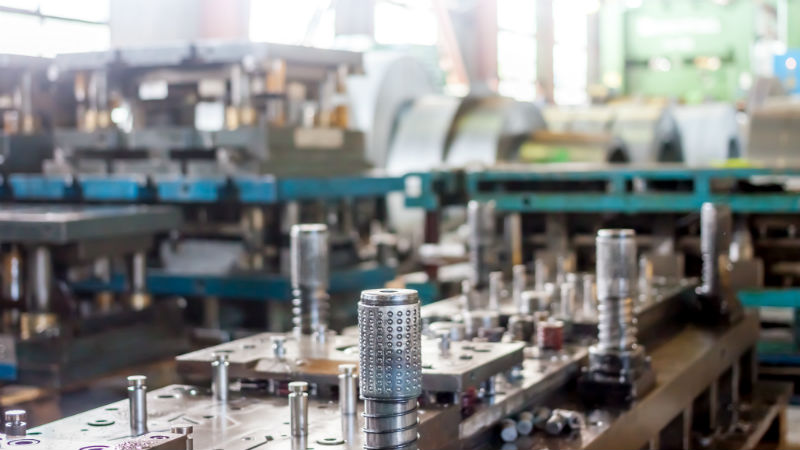Electropolishing is a common method employed in the fabrication industry to achieve a specific goal. As part of the metal finishing industry, fabricators employing this method work with various industries to produce for them high quality, polished components. Since the 1950s, companies have relied on this form of fabrication to produce aesthetically pleasing and functional work.
A Definition
At its simplest, you can define the process as the controlled removal of surface metal. However, unlike its antithesis – electroplating, electropolishing, although depositing metal on a surface does not leave a coating. By using this technique, a fabricator dissolves any surface metal together with various contaminants. It removes:
- Grinding compounds
- Heat treat discoloration
- Weld scale
- Burrs
- Oxidation causing contaminants
In recognizing and employing electropolishing in this matter, fabricators are producing a significant number of shiny, polished components that provide a substantial amount of benefits.
Advantages of Electropolishing
This finishing method does prove to be more advantageous when compared to other finishing methods such as buffing, blasting and grinding. Advantages or benefits include:
- Removal of surface roughness such as edges e.g. burrs
- Producing a passive surface
- Improving the component’s reflectivity
- Surface enhancement
- Increases the resistance of the surface metal component to corrosion
- Is an excellent means of preparing the surface of certain metals for further finishing work such as plating or either a conversion or oxidizing coating
- Eliminates the disturbed and stressed layers of the surface metal
- Gets rid of many impurities in the metal including free iron, carbon and silica
- The components and their surfaces after this process are much easier to clean as well as keep sterile
- Can reduce the size of an over large part to avoid material waste
By accomplishing this, electropolishing provides industries with components that can satisfy both aesthetic and functionally requirements. This makes it suitable for the purposes of diverse groups of industries.
Industrial Applications of Electropolishing
Although electropolishing was once considered the means of producing a smooth, shiny and appealing appearance, it now has application in a variety of industries where appearance is not a primary concern. Worldwide, the technique finds application among the following industrial concerns.
- Appliances: Stainless steel drums of washing machines, vacuum components
- Automotive: Bezels, bull-bars, radiator grilles, safety equipment frames
- Food and Beverages: Blades for food-mixing, confectionery molds, vessels for brewing
- Medical: Surgical implants, surgical instruments, vein stents
- Pharmaceutical: Pipes and valves, powder hoppers, process tanks
- Pulp and paper: Screen cylinders
- Semiconductor plants: Clean room process equipment, clean room furnishings, pipework, pump parts, valves
- Textiles: Dyeing vats
The above industries all turn to electropolishing to ensure the components they submit to a fabricator all meet the high standards and specifications the companies need to provide their customers with the best products possible.

